Long eared cuteness overload
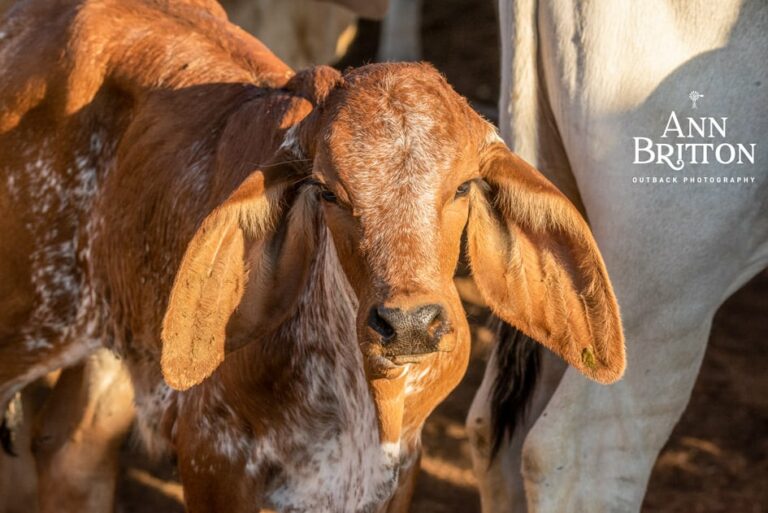
10 November 2022
*Explanation at the end of the blog
Our last mob of cattle purchased for 2022 arrived yesterday.
111 predominately Brahman cows all PTIC (Preg tested in calf) or calves at foot and 103 calves. So, there were eight more cows to calve. One calved on the truck and another overnight.
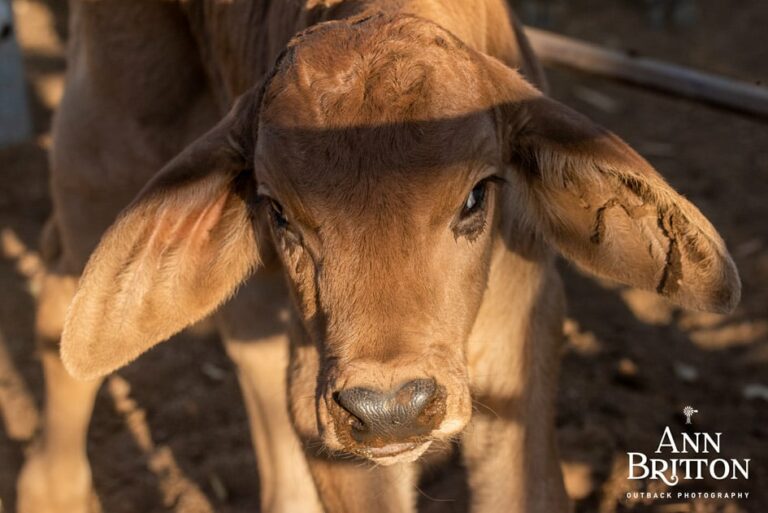
The main reason for this being our last mob, as it is seriously getting too hot to work cattle, especially cows and baby calves.
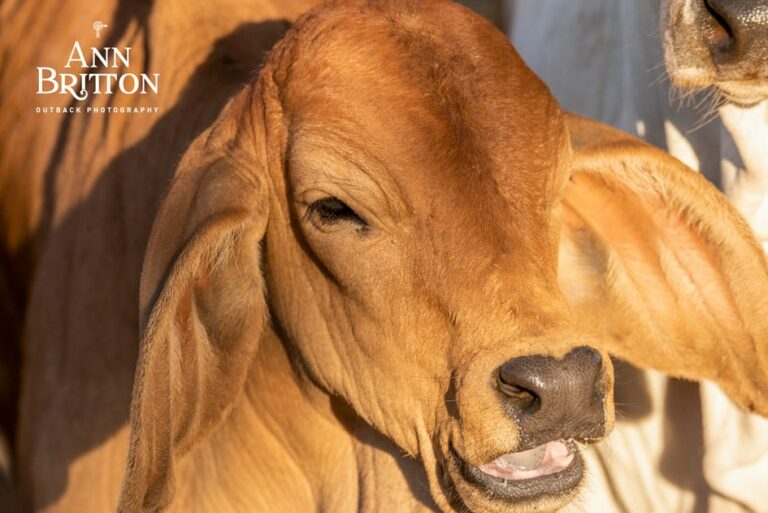
So at daylight this morning, the drafting started. An easy task of separating the cows from the calves. When the calves were all separated, I took the opportunity to take BadBoy down for a well overdue workout. In amongst the shadows of the cattle yards, in the early light, I was rather bias towards the youngest calves.
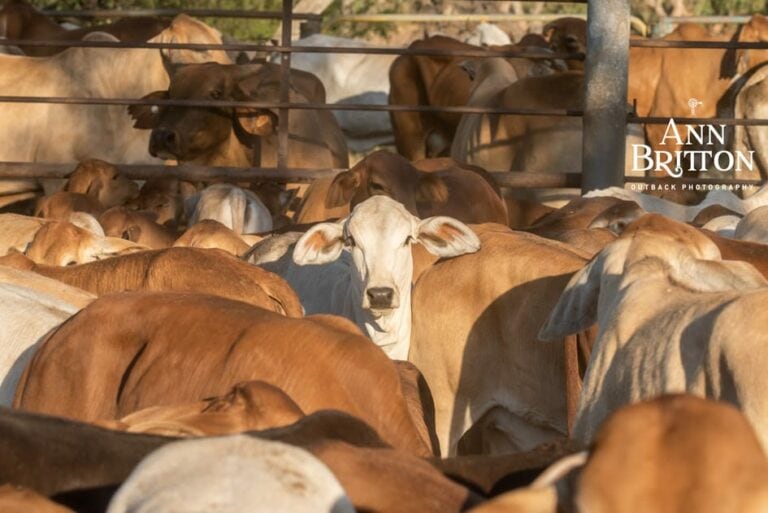
Then I helped the fellows process the cows. Which included cross branding, reading their *NLIS tags, taking out their last owners personal tags and putting in our own ear tags, as well as injecting the cows with *Multimin
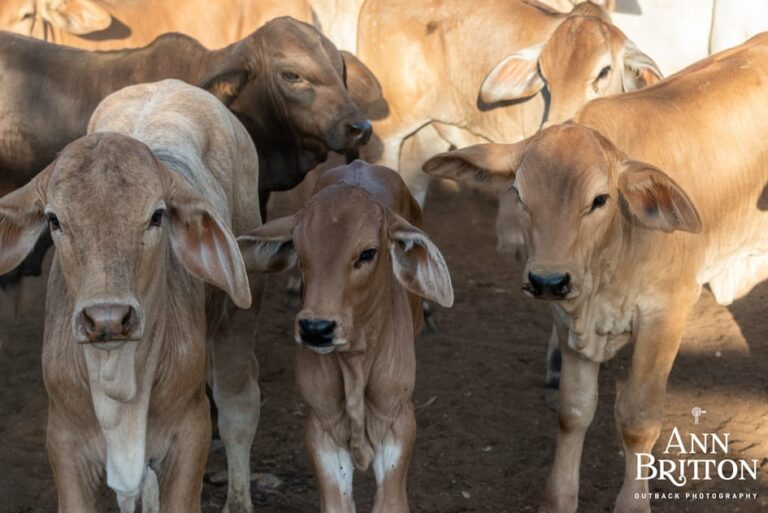
These cows I would class as *“store” condition.
Considering nearly all of them have calves at foot, this isn’t an unusual condition for cows to be in. I am sure they will enjoy the natural feed they will be on within the next 24 hours. They have been on hay since arriving yesterday and plenty of room to lay down.
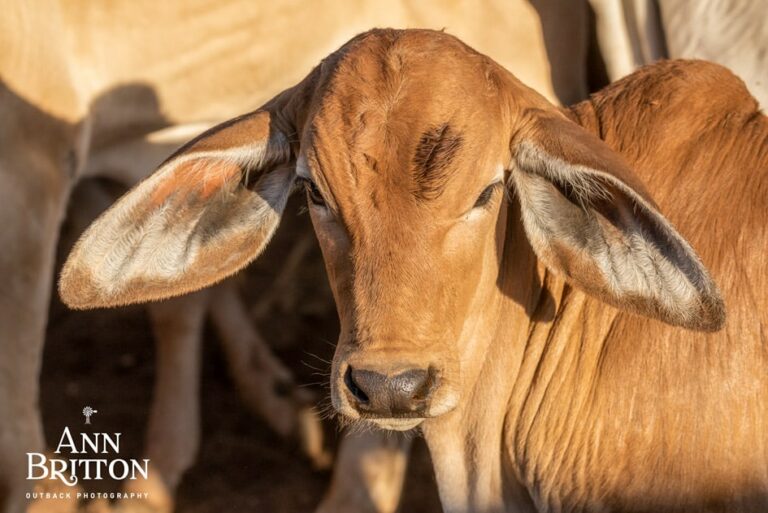
The plan for these cattle is to wean the calves off them next year, fatten the cows and sell them. Considering that they are all older cows, and we have the feed to fatten them this is a win, for the cows and ourselves.
10-year-old cows are classed as old in our outback beef business.
We sincerely respect cows producing calves for us to restock from dry times, restock in good times, sometimes the heifer calves are sold on to be someone else’s restocking program as they don’t suit ours. Sometimes we keep heifers to be part of our breeder herd. The steer calves are either fatten and sold as young steers or bullocks…depending on the market.
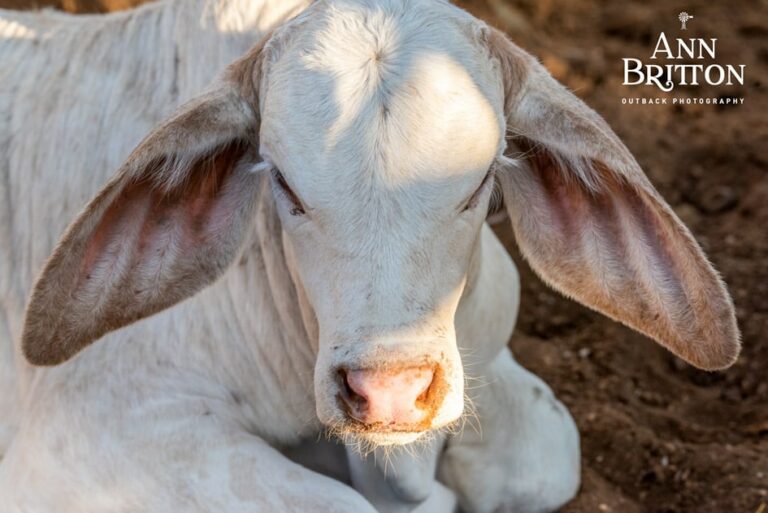
Yes, the bottom line is the almighty dollar. Which is the same in any viable business.
Regardless of what business you enjoy getting the goods you prefer from, you want that business to be viable so that you can continue appreciating their quality product.
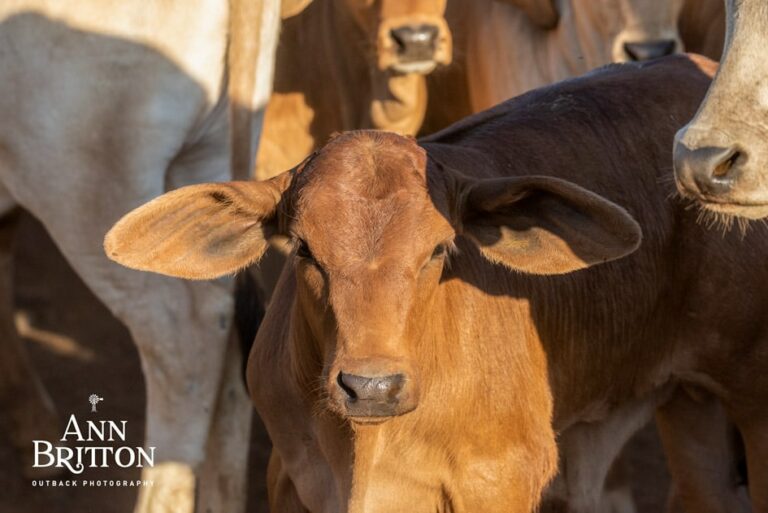
Our business, and any decent beef producing business, puts animal welfare and looking after the environment first and foremost. If we don’t look after the environment, we can’t have cattle to apply best animal practice on. We would prefer our cattle have a good life, happily grazing on natural native grasses and herbage. Being handled with respect when they must be mustered and worked in a yard. Being cared for by professional truck drivers when they need to be trucked to new owners, sale, or abattoirs.
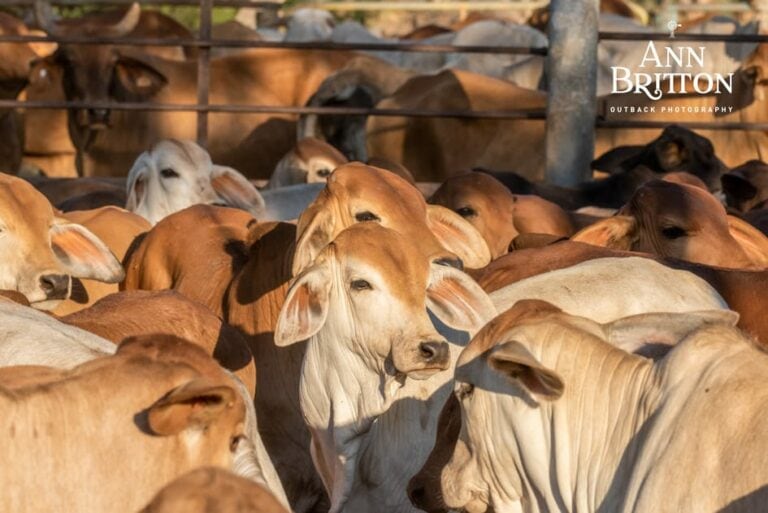
It is the reason, when the cycle of our seasons turns to dry, that we sell, sell, sell…and wait, for the season to turn again. The country rests. What cattle we may have left have a huge area to graze and survive. So, when mother nature decides to grace us with that life giving water in a flood or in rain, or both, we can once again go about business.
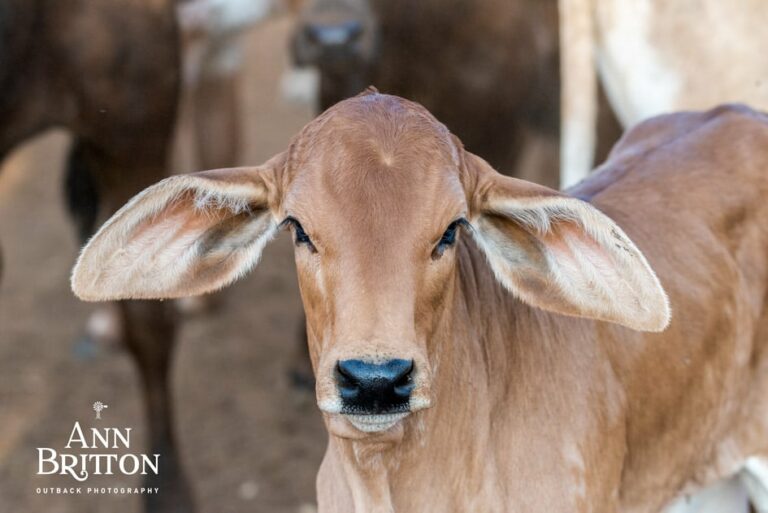
The alternative is to not buy cattle to utilise the feed we have on the ground. This can be detrimental to the soil.
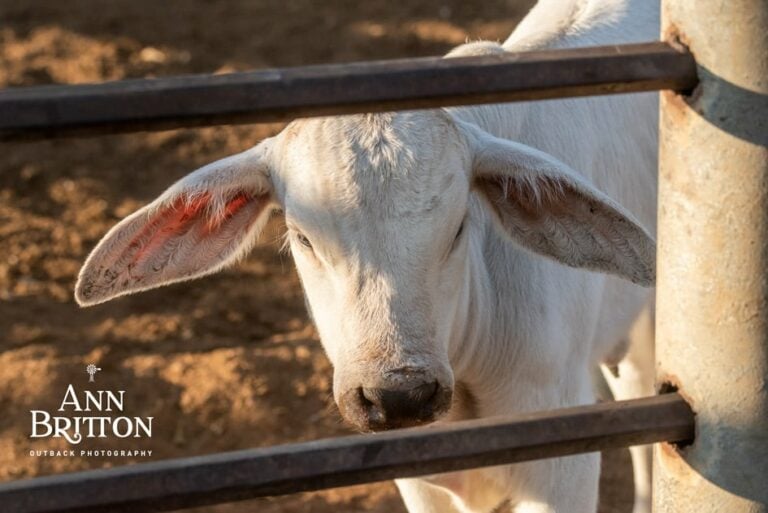
We can leave ground cover over the land when the weather is starting to warm up, sell the majority of the cattle, to rest the country, until hopefully the “wet” season arrives, and Mother Nature, with her sometimes wicked sense of humour, can send northerly winds that feel like they are blowing straight out of a furnace, dry up all the ground cover and blow it away. We can have some beautiful ground cover and plenty of feed and restocking our numbers and early storms towards the wet season can cause a lightning strike fire and we will lose feed that way.
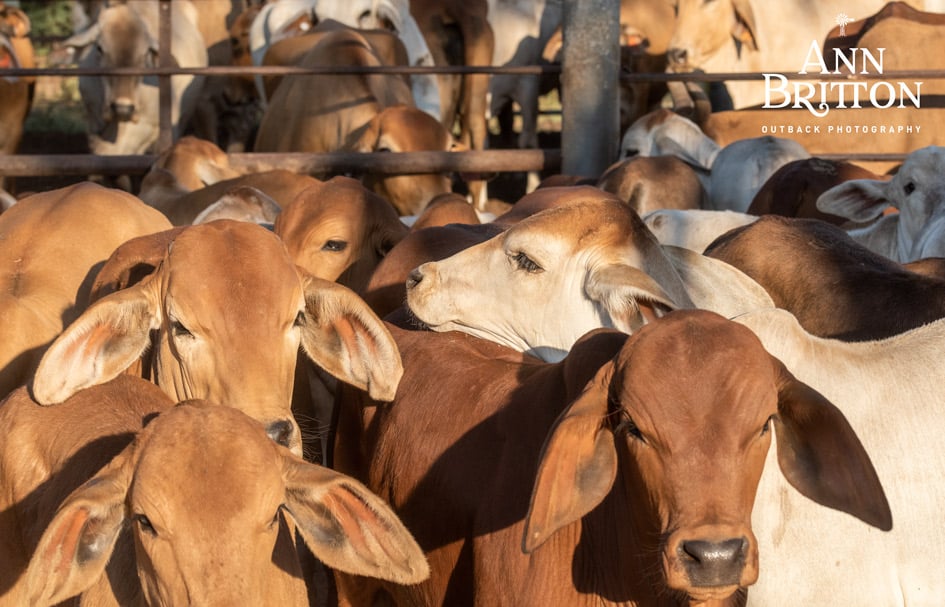
The unpredictable nature of planning a business around the weather isn’t for the faint hearted…but it doesn’t mean we are cold hearted. We raise beautiful creatures for food. We manage their natural environment so that it there for future generations. The soil that we care for also sustains all the native animals and floral that grow and survive in our small area of Australia. We also eradicate feral pests and invasive weeds, for the health of the land we lease from our government. That we purchased but we must pass an audit on our soil condition to grant us permission to lease the land and pay land rental fees annually to continue having the right to graze cattle on this land. Our leases are only for grazing.
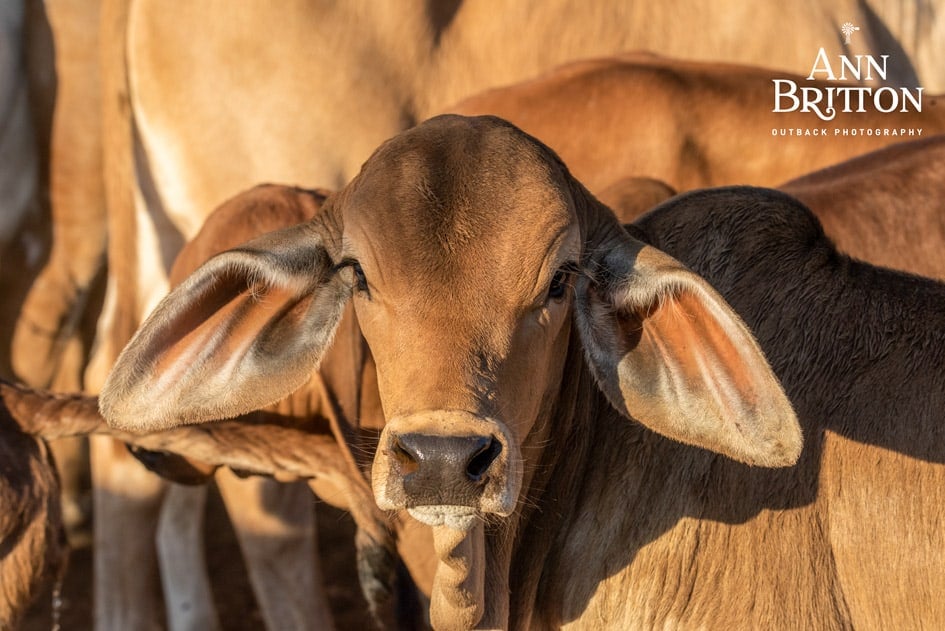
We have just done a joint project with Desert Channels Queensland, an extensive eradication of the invasive weed Prickly Acacia. Along with a couple of our neighbours.
We are continually exterminating feral pigs, and ongoing project.
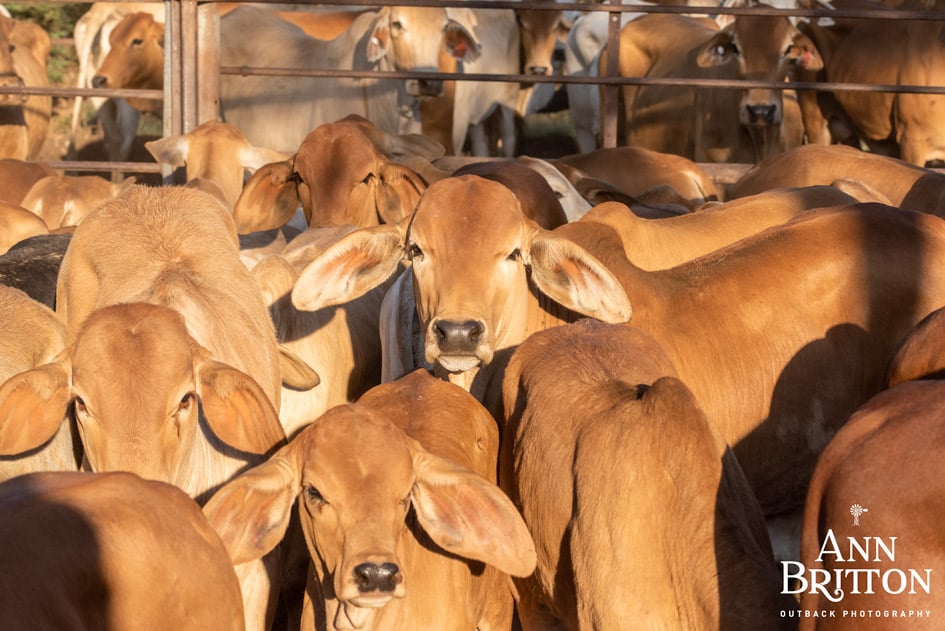
Another ongoing project in conjunction with Desert Channels Queensland is monitoring our ground cover. So, the knowledge of the land isn’t kept in heads, but recorded as fact. People that know this land can look over a paddock and predict with great accuracy exactly how many cattle it will sustain for a certain period of time. This project backs this local knowledge with data from this monitoring, accumulated now for way over a decade.
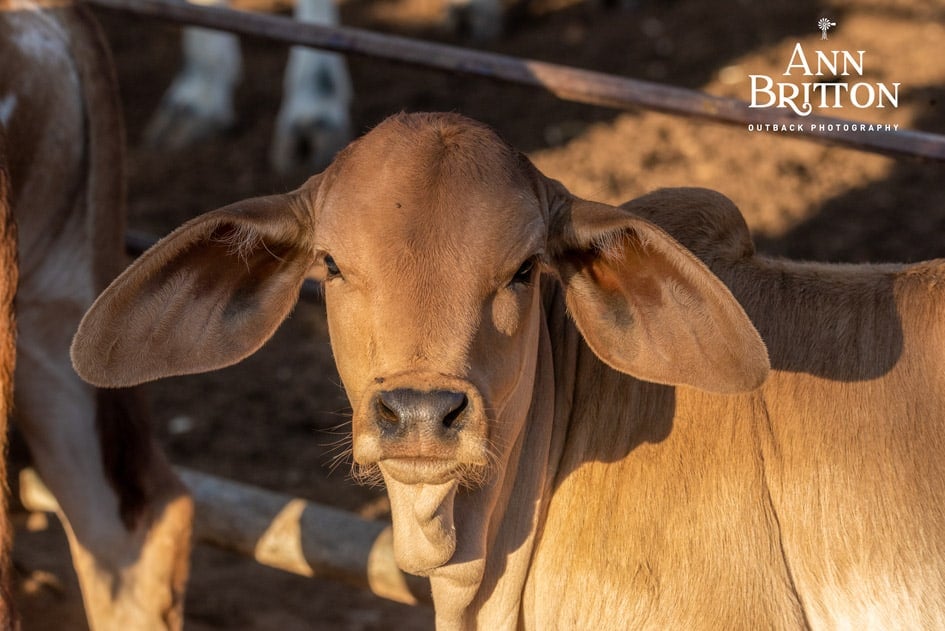
Our business has been a case study for the Melbourne University. Again, another source that can collate information, data with local knowledge and prove our rangeland beef producing business isn’t detrimental to the environment.
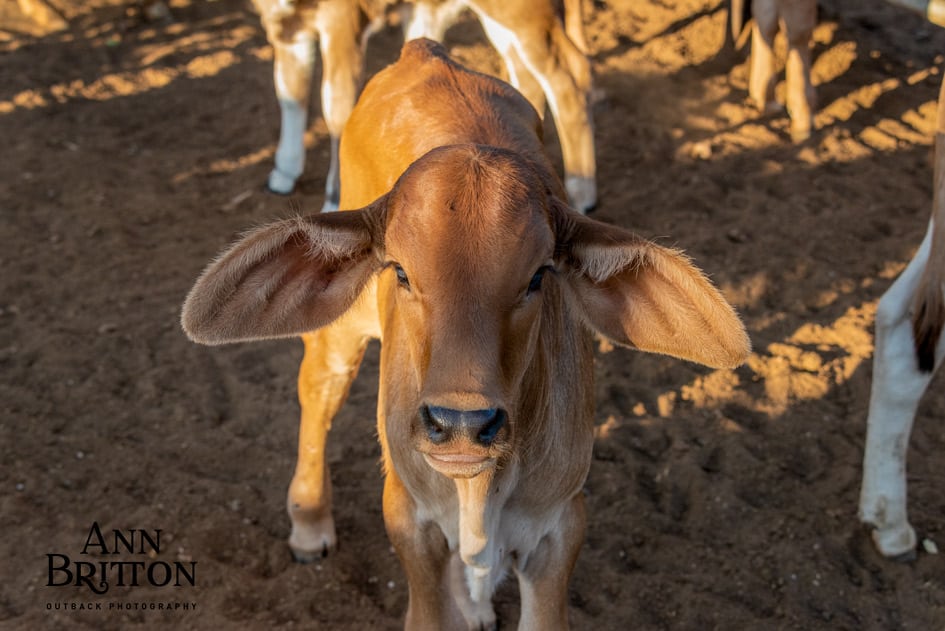
I’m not too sure how many studies have to prove cattle aren’t destroying soils. That their farts aren’t killing off the planet. It just seems the most dramatic, nonsensical, opinion pieces seem to make mainstream media headlines. There are plenty of facts out there to debunk all the irrational logic of beef farmers, soil devastating cattle and their toxic farts. When it comes down to it, its basic common sense. No drama, just logic. IF people knew about cattle, and if people understood our land. Since this isn’t common knowledge…the drama has free rein for those who feel they are doing the right thing, not thinking twice about putting their opinion out there with no facts…the nice feely feely, lovey dovely emotion…that helped no piece of soil or head of stock, ever.
So those that want to make emotional propaganda take photos like these calves and plant headlines like “it’s all about the money, how can farmers murder these animals” …fact is we don’t murder. These people should look up the definition or better still those reading the article should know the meaning of the word. Our outback beef business doesn’t slaughter young calves.
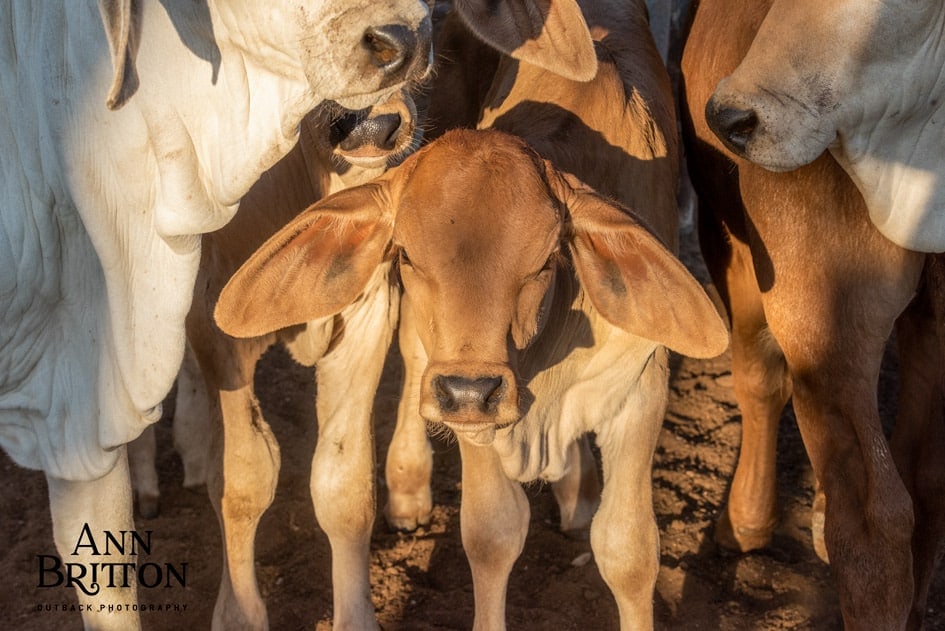
The internet is full of all sorts of different definitions of “what is veal” or what age is veal. Wikipedia states the calves can be days old. My knowledge, regardless of if beef or dairy calves is “you wouldn’t get much of a feed from a days old calf” It seems veal comes from a calf aged 12months or younger. Some say from 70kg and not heavier than 150kg. I know nought about this type of beef, but I am pleased that the dairy industry has found a market for their male calves…because before that the poor calves were wasted.
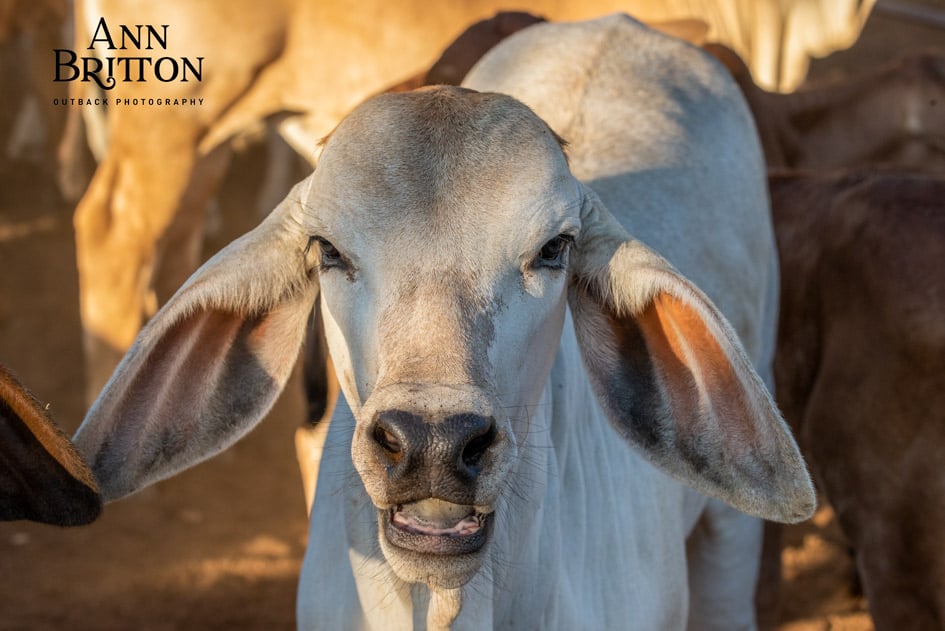
Waste is HUGE globally. Waste across the board.
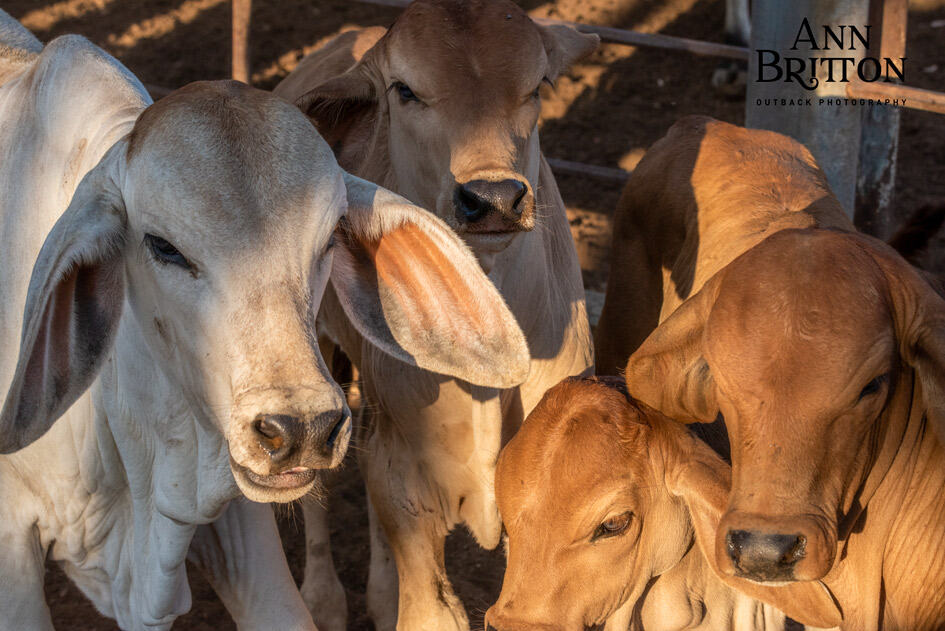
Our whole business works around less waste. Less waste of natural feed. Less waste of cattle. Hence utilising both, in a climate that is unpredictable, to continue being a viable business so that when Mother Nature graces us with a good season we can be accountable for giving these absolutely, perfect creatures, down to their tiny hairs in their ears, their best lives as beef cattle. This is something I am very proud of.
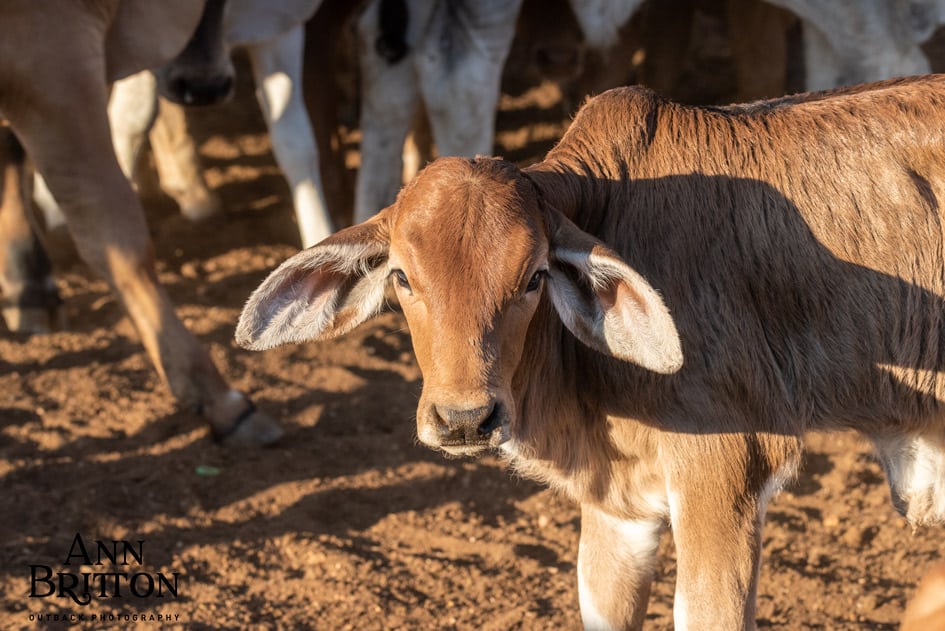
End of blog
NLIS National Livestock Identification System
The National Livestock Identification System (NLIS) is Australia’s system for the identification and traceability of cattle, sheep and goats. NLIS reflects Australia’s commitment to biosecurity and food safety and provides a competitive advantage in a global market.
How does the NLIS work?
The National Livestock Identification System is Australia’s system for the identification and traceability of cattle, sheep and goats. NLIS reflects Australia’s commitment to biosecurity and food safety and provides a competitive advantage in a global market.
The NLIS combines three elements to enable the lifetime traceability of animals:
1. All livestock are identified by a visual or electronic eartag/device.
2. All physical locations are identified by means of a Property Identification Code (PIC)
3. All livestock location data and movements are recorded in a central database
Multimin, an explanation from the Virbec, the company that makes it, website.
WHAT IS MULTIMIN® INJECTION FOR CATTLE?
MULTIMIN is a unique 4 in 1 trace mineral injection that makes your herd ‘performance ready’ by improving fertility and immunity.
MULTIMIN enhances antioxidant systems to improve the health and performance of Cattle.
MULTIMIN is rapidly-absorbed, readily-utilised and provides prolonged antioxidant action to cover ‘high demand’ periods.
MULTIMIN is scientifically-proven to improve health and performance of livestock.


